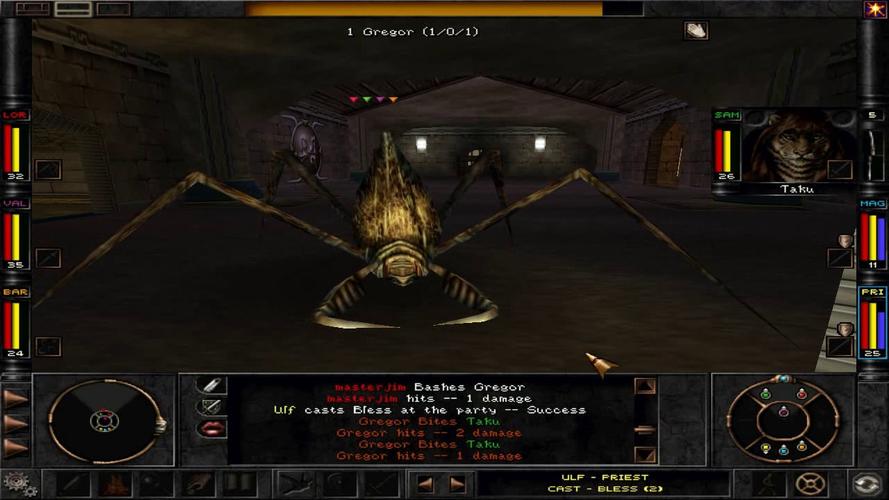
8 Bit Bytes: A Comprehensive Guide to Understanding Binary Data
Understanding binary data is crucial in today’s digital age, where computers and technology play a pivotal role in our lives. As you delve into the world of 8-bit bytes, you’ll uncover a fascinating realm of information that forms the backbone of digital communication and processing. Let’s embark on a journey to explore the intricacies of 8-bit bytes, their significance, and their applications.
What is an 8-bit Byte?
An 8-bit byte is a unit of digital information that consists of 8 binary digits, or bits. Each bit can be either a 0 or a 1, representing the two fundamental states of binary data. When combined, these bits can represent a wide range of values, from 0 to 255, which is the maximum value an 8-bit byte can hold.

Binary Representation
In binary representation, an 8-bit byte is composed of 8 individual bits, each capable of being either 0 or 1. For example, the binary number 11001010 represents the decimal number 202. This binary representation is the foundation of all digital data, as it allows computers to process and store information efficiently.
Significance of 8-bit Bytes
8-bit bytes are essential in various aspects of digital technology. Here are some key reasons why they hold such significance:
| Aspect | Importance |
|---|---|
| Computer Memory | 8-bit bytes are the basic unit of memory in computers, enabling the storage and retrieval of data. |
| File Storage | Files are typically stored in 8-bit byte blocks, allowing for efficient organization and retrieval of data. |
| Communication Protocols | 8-bit bytes are used in various communication protocols, such as Ethernet and USB, to ensure reliable data transfer. |
| Graphics and Audio | 8-bit bytes are used to represent pixel values in graphics and audio samples, enabling the creation and playback of multimedia content. |
Applications of 8-bit Bytes
8-bit bytes find applications in numerous fields, including:
-
Computing: 8-bit bytes are the foundation of computer architecture, enabling the processing and storage of data.

-
Networking: 8-bit bytes are used in networking protocols to ensure efficient and reliable data transfer.
-
Graphics: 8-bit bytes are used to represent pixel values in images, enabling the creation and display of graphics.
-
Audio: 8-bit bytes are used to represent audio samples, enabling the recording and playback of sound.
-
Security: 8-bit bytes are used in encryption algorithms to protect sensitive data.
Advantages and Limitations of 8-bit Bytes
While 8-bit bytes offer numerous advantages, they also have certain limitations:
| Advantages | Limitations |
|---|---|
| Efficiency | Limited range of values (0-255) |
| Scalability | May require additional bits for larger data sizes |
| Portability | Can be challenging to work with in certain applications |
| Flexibility | May not be suitable for high-resolution graphics or audio |
Conclusion
8-bit bytes are a fundamental building block of digital technology, enabling the storage, processing, and communication of data. Understanding their significance and applications can help you appreciate the intricacies of the digital





